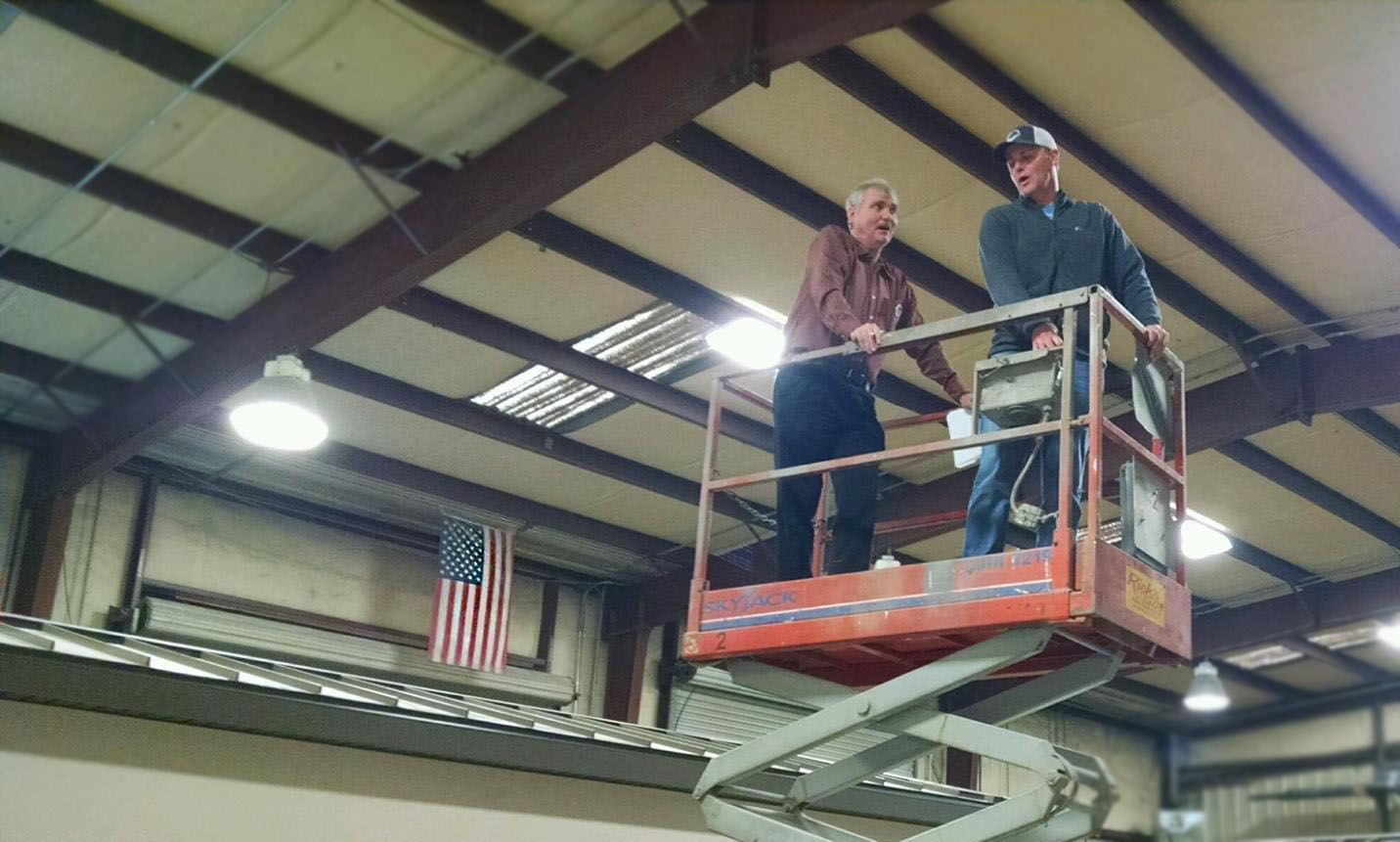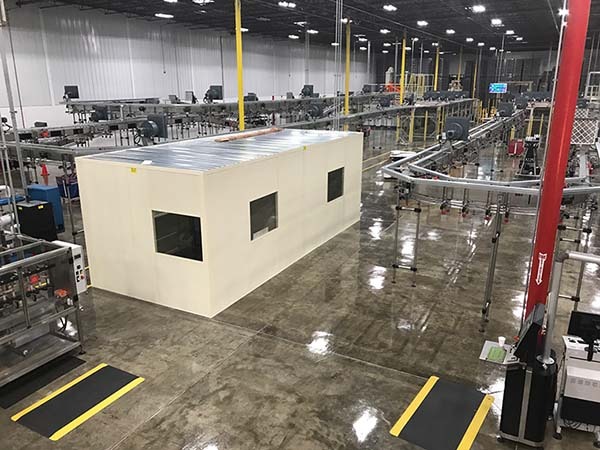Best Warehouse Safety Tips for a New Facility
Blog
Since 2010, the number of employees in the warehousing sector has increased by nearly 400,000, reaching over 1,000,000 total to start 2018[1]. This is a trend that is only looking to continue on in 2018. With the increasing size of the industry, the demand for new warehouse space has never been higher. While this growth offers a variety of exciting opportunities, new warehouses, coupled with inexperienced workers can create a hurried and oftentimes chaotic environment. This will inevitably lead to accidents and injuries. However, there are a few essential tips that will help keep any warehouse on top of their safety game.
1. Training
First and foremost, training is the most vital aspect of overall warehouse safety. Regardless of whether an employee is new to the industry or a 20-year veteran, consistent training in a variety of areas will ensure they consistently follow updated techniques and protocols.
Forklift training is perhaps the training most frequently associated with warehousing, which makes sense as the average forklift weighs around 3 times more than the average car and are constantly moving throughout a warehouse. In the majority of cases, forklift accidents would have been avoided if proper training and protocol was followed. These cases will typically arise when there is negligence on the part of the forklift driver, a pedestrian, or equipment inspector to follow these rules.
However, there are many other types of training that are important to the safety of a warehouse. General safety training goes a long way to train not only the everyday warehouse employee but also office workers who may enter the warehouse area from time to time. This type of training provides everyone with a solid basis of knowledge to identify hazards and potential hazards in the workplace. Additionally, when an accident does occur, this general safety training ensures everyone will know how to properly respond if an accident/injury does occur, ensuring minimal damage will be done. This step also includes, but is not limited to ensuring proper safety equipment is worn, recognition of hazardous materials, and proper equipment usage.
2. Organization
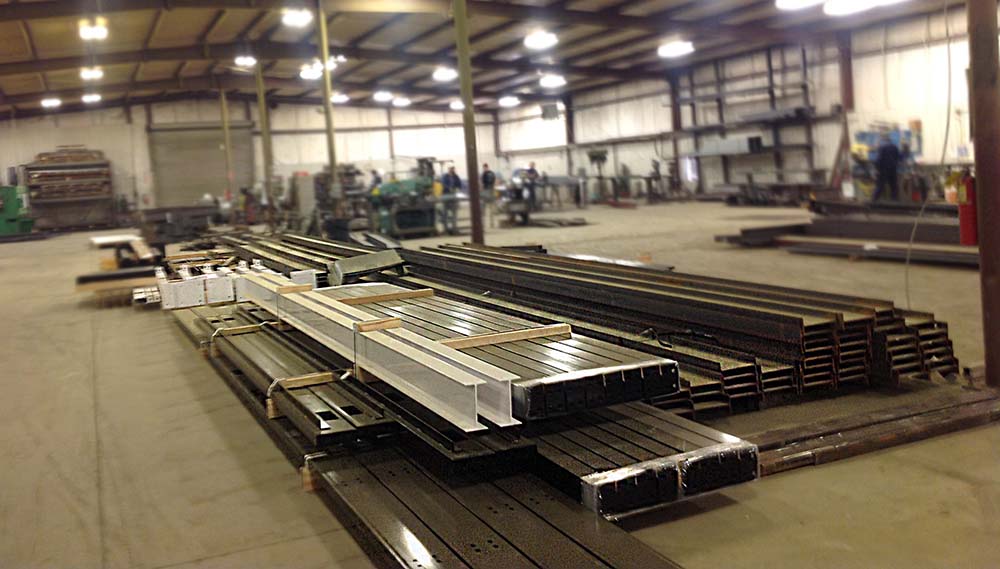 Proper warehouse organization is an important aspect of a warehouses efficiency and safety program. Warehouse organization can relate to anything from how materials are stored to where they are stored. When looking at safety concerns based on warehouse organization, the layout of the warehouse can play an important role. Let’s say a certain product or material in a warehouse has seen a large increase in units stored and forklift traffic. Well, the initial design of the warehouse may have been able to satisfy the initial materials and traffic, but the new increases may present unforeseen obstacles in the area, like the intersecting of forklift traffic and foot traffic. In an instance like this, the area needs to be reorganized to accommodate for the change in work processes, in this case increasing the space between racks for forklift access.
Proper warehouse organization is an important aspect of a warehouses efficiency and safety program. Warehouse organization can relate to anything from how materials are stored to where they are stored. When looking at safety concerns based on warehouse organization, the layout of the warehouse can play an important role. Let’s say a certain product or material in a warehouse has seen a large increase in units stored and forklift traffic. Well, the initial design of the warehouse may have been able to satisfy the initial materials and traffic, but the new increases may present unforeseen obstacles in the area, like the intersecting of forklift traffic and foot traffic. In an instance like this, the area needs to be reorganized to accommodate for the change in work processes, in this case increasing the space between racks for forklift access.
Additionally, having a logical warehouse layout will help lower confusion with workers even if they are inexperienced. For this reason, it is a good idea take another look at warehouse layout from time to time to ensure the layout still makes sense for the work that is going on in them and where the materials will go from there. This will hopefully reduce any inherent confusion on where the next logical step for the materials will be.
3. Cleanliness
Similar to organization, the cleanliness of a facility will have a significant impact on its efficiency and overall employee morale. Messy warehouses lead to an increase in errors. Luckily there are a few surefire ways to solve the messy workspace issue. First, promote cleanliness as a part of the workplace culture. Making cleaning commonplace will help ensure it is done well and regularly. By adding a “clean up” step to all facility processes, a task cannot be fully completed with a dirty work area still left over.
In order to ensure this cleanup is done well, each workstation should have its own cleaning checklist and goals for the employees to follow and reach for. For instance, sweeping and picking up leftover materials should be done regularly, but the cleaning of equipment and machinery might need to be done at a lower frequency. Finding out the appropriate cleaning schedule can sometimes be intuitive but is important for ensuring all tasks are completed on regularly and on time.
4. Fire Resistance and Readiness
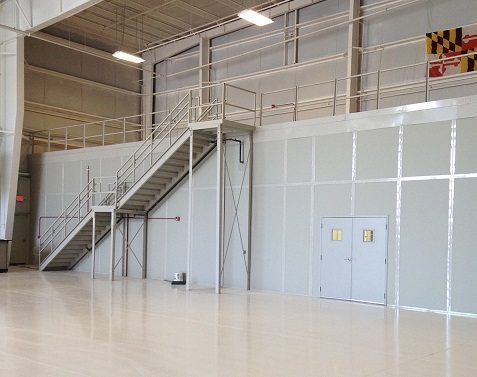
No matter what practices are used in a facility, accidents will happen regardless, and the best thing that can be done is to be prepared for them. In this case, fire resistance, detection, and extinguishing measures can keep a facility from being completely engulfed in flames and potentially save lives. Typically, building codes will require the majority of facilities to have sprinkler systems and fire extinguishers installed to put out potential fires.
However, if a facility stores flammable materials/chemicals additional measures may be needed or even required. For these facilities, their interior office spaces should utilize fire-resistant building materials akin to our one-hour fire rated panels. This modular office system has had laboratory testing to ensure it can withstand an open flame for over an hour and remain standing. This additional time provides the building occupants time to safely escape the structure and for the fire to be put out. All facilities, should have an easily understandable and well-known fire safety plan and escape route.
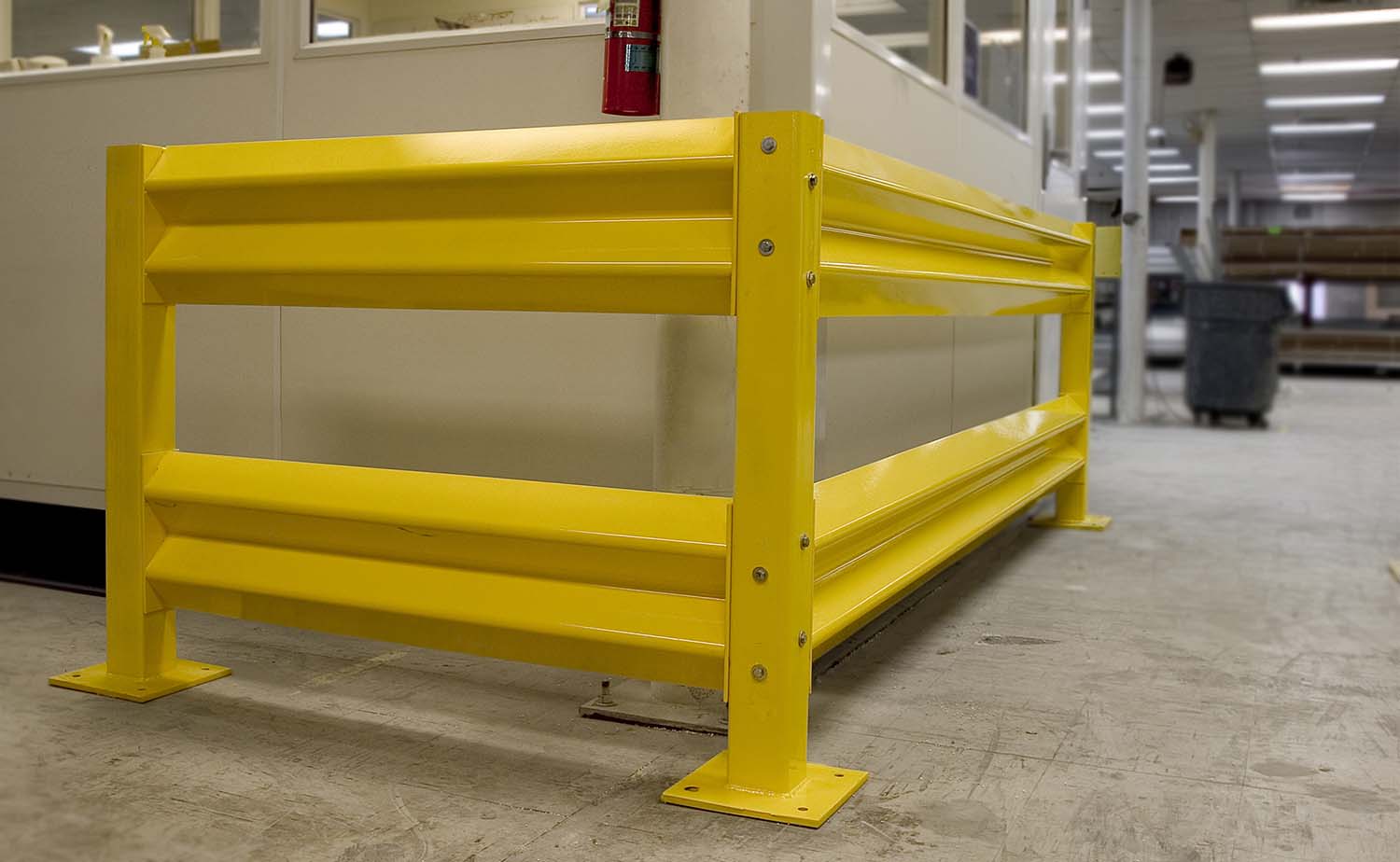
5. Implementing Safety Products and Protocols
There are a variety of products and services that allow facilities to boost their safety measures. Most are familiar with face shields, safety glasses, etc. that offer the wearer increased protection from flying debris, dirt, or dangerous chemicals. However, there are a variety of other products that provide added protection to people, structures, and material. Safety railing, bollards, and barriers protect against heavy and dangerous forklift impact and accidents. These structures will line equipment, offices, and walkways and are typically painted “safety yellow” to ensure they are easily noticed and accounted for.
6. Transparency Between Employees and Supervisors
 As an overseer of a warehouse or manufacturing facility, a major goal is to understand the processes and inner workers of the plant and how everything interacts with one another, whether bad or good. However, there is only so much one person can observe. There are a variety of issues or potential hazards that can slowly form over time that could be tough to pick up on from a day to day basis.
As an overseer of a warehouse or manufacturing facility, a major goal is to understand the processes and inner workers of the plant and how everything interacts with one another, whether bad or good. However, there is only so much one person can observe. There are a variety of issues or potential hazards that can slowly form over time that could be tough to pick up on from a day to day basis.
As employees spend time in a facility, they will come to learn the inner workings of everything that goes on in their space: what works and what does not. These are things that may not be picked up on by even the most vigilant supervisor. So, what can they do to help?
Offering a transparent, easy access dialog between employee and supervisor allows for an amazing increase in overall awareness of a workspace. An environment that fosters the sharing of ideas and concerns increases the chances of catching any detrimental hazards or trends that are occurring. These issues can include a variety of things including work processes, the employee themselves, or the warehouse as a whole.
As covered in a previous post The Importance of Warehouse Breakrooms, brain fatigue can lead to a state of confusion and a dulling of the senses after prolonged stress. This can lead to reduced mental awareness and, in turn, accidents occurring in the workplace. Allowing employees to come to a supervisor with these issues, will help reduce the chance of these accidents occurring. But this should be a two-way street; an employee should not be reprimanded for bringing up such an issue.
In general, there are a number of different ways to increase the safety of a facility, ranging from safety products to employee training/understanding. All of these tools should be implemented in a facility in order to ensure the overall wellness of the employees and the company. So, hopefully, as more and more new people enter the warehousing workforce, potential mistakes can be accounted for, or at the very least, minimized. For more information on how Panel Built can help improve the safety of your facility, check out our post 8 Ways Panel Built Can Make Your Facility Safer or contact us at info@panelbuilt.com.
Click here to request a free quote
and get your prefabricated project started!
Source: [1]: https://data.bls.gov/timeseries/CES4349300001?amp%253bdata_tool=XGtable&output_view=data&include_graphs=true
